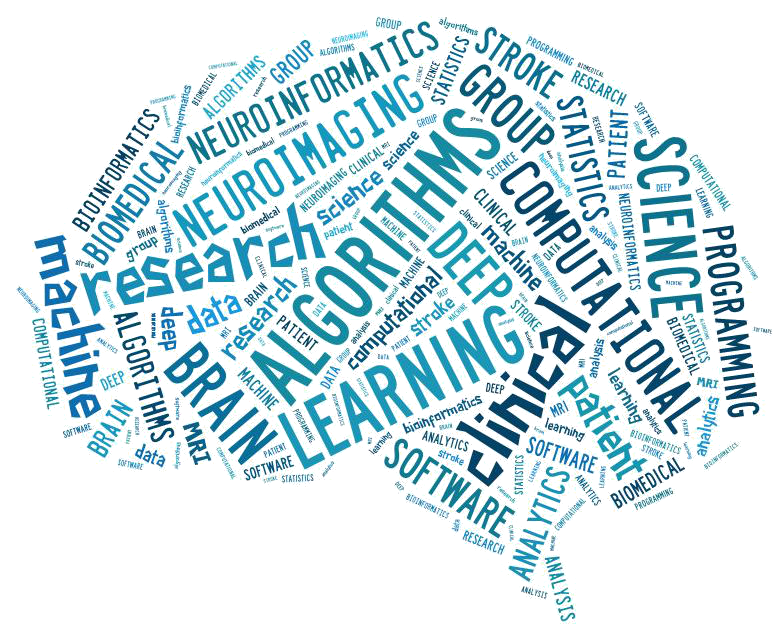Citation:
Yoshiura T, Wu O, Zaheer A, Reese TG, Sorensen AG. Highly diffusion-sensitized MRI of brain: dissociation of gray and white matter. Magn Reson Med 2001;45(5):734-40. Copy at https://tinyurl.com/y7mgu4l2
Date Published:
2001 MayAbstract:
The brains of six healthy volunteers were scanned with a full tensor diffusion MRI technique to study the effect of a high b value on diffusion-weighted images (DWIs). The b values ranged from 500 to 5000 s/mm(2). Isotropic DWIs, trace apparent diffusion coefficient (ADC) maps, and fractional anisotropy (FA) maps were created for each b value. As the b value increased, ADC decreased in both the gray and white matter. Furthermore, ADC of the white matter became lower than that of the gray matter, and, as a result, the white matter became brighter than the gray matter in the isotropic DWIs. Quantitative analysis showed that these changes were due to nonmonoexponential diffusion signal decay of the brain tissue, which was more prominent in white matter than in gray matter. There was no significant change in relation to the b value in the FA maps. High b value appears to have a dissociating effect on gray and white matter in DWIs.See also: Diffusion MRI

